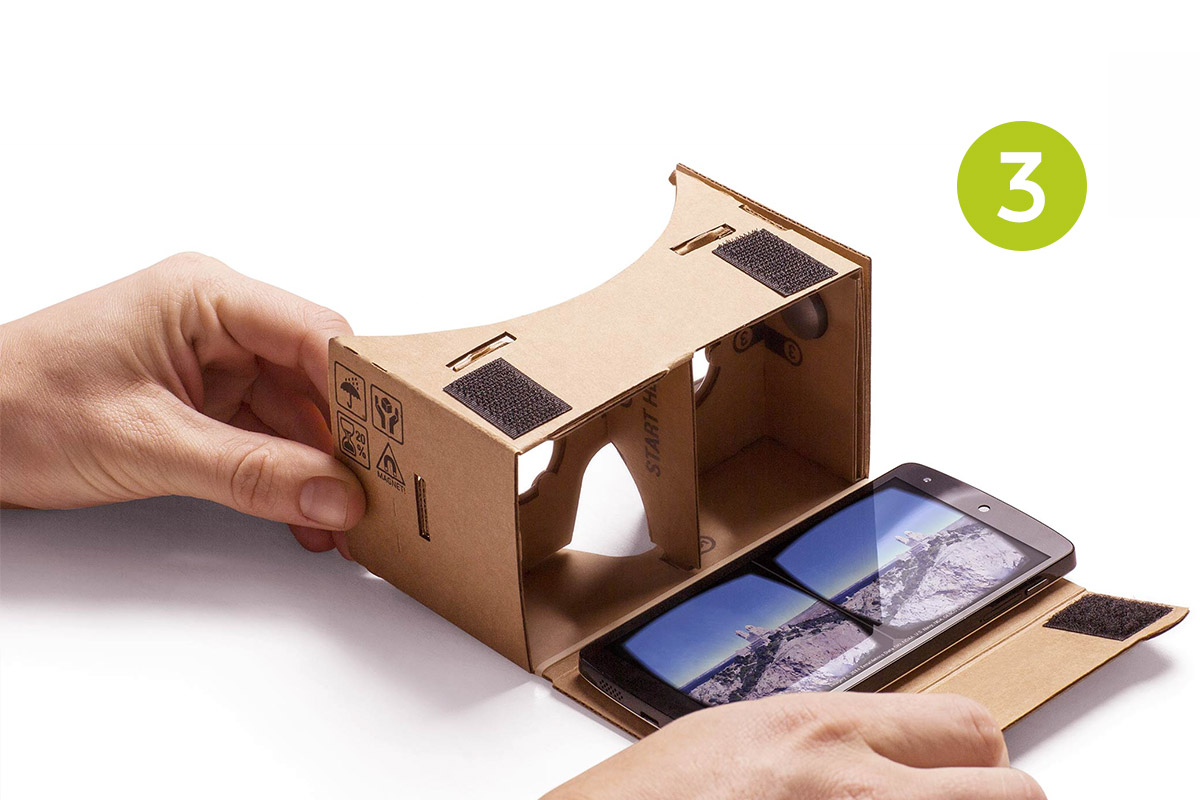I’m a baby boomer, so no, I did not grow up in front of a computer but as any baby boomer I’m an eager adopter. So yes, I do spend an enormous amount of time in my computer, or should I say on my phone just to sound cooler and younger?
If you are a Millennial, you know your phone is becoming an addiction. If only you could set it aside and think about it, it would be scary.
We did embrace technology in a big way and when social media came along we jumped into it without a care. That is how now we keep connected with people like us, with family, with friends and with a lot of strangers. Communication took a whole new format after social media and texting.
There is gratification when you feel connected, when you feel you are aware of things happening ( that is why fake news became a trend and a money making opportunity for some). Many measure their success by number of followers, likes or klout. But what really happens inside? There is that nagging feeling that you are still isolated. It may be cliché but you know that if you get sick almost no one in this digital network of yours would actually visit with you at a hospital. So, it is there, but it is not.
Being connected all the time made us disconnect from face to face conversations and confrontations. We are becoming beings that avoid any conflict which does not help any of us navigate life.
The younger the person the less he/she wants to get a “no” as an answer. To the extent that Millennials avoid phone conversations. Most young people associate phone conversations with high pressure situations. The phone used as a phone becomes a fear inducing device. Because the answer is not known. – You might have to leave a message, then you need to know what you will say if the person is not there. Talking to another human is really becoming an issue.
No matter if it is because you just plain and simple feel isolated or you interaction skills are in crisis mode, Real Life is cool again!
We are going out and looking for opportunities to connect with real people and create new experiences.
Look at Meetup.com. A place where you look for think alike groups to meet people. Currently has 39 million members with no sign of slowing down.
Check companies like Painting with a twist, Plant Nite and others where you go to a place or restaurant to meet people and make something. (two trends here- Real life is cool again and Me and my peeps)
Tea with strangers- Their motto is: Actually talk to people. For two hours you have tea and talk about anything.
Look at apps and you will find Hey Vina- where you can meet other women for fun, for work or for life.
Hello Mamas connect other moms to meet and talk.
We are finding new ways to re-connect and have meaningful conversations, but we are going out looking for real interaction. Finding relevant interaction will fight our digital isolation.
This trend can be a real opportunity for your business. Creating better and richer experiences for your customers in real life.
Tours like sriracha hot sauce does, retreats, meetups in your place, demo day. These are all opportunities for you to use this trend in your business.

About Shahar
Shahar is a neuromarketer fascinated with trends and how brands can benefit from them. With her daughter Nashlah they run BuzzBooster marketing that provides consulting for small businesses. They also run Curious Mondo that provides an innovative way in adult learning






